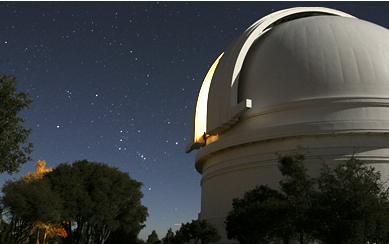Posted April 21, 2009
Palomar Observatory

Click here to bookmark this page!

Click here to bookmark this page!